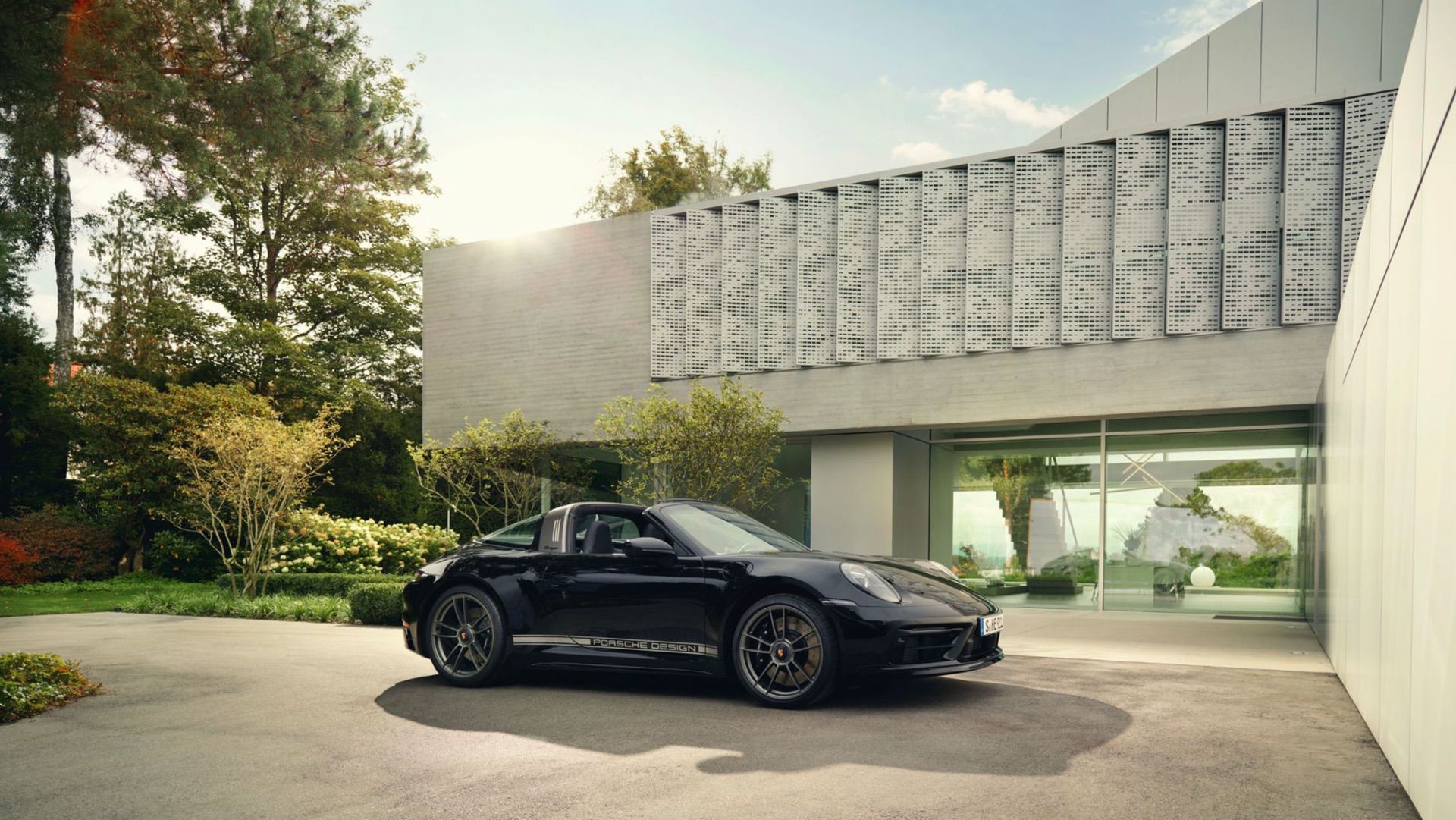If there is one thing the Germans do better than almost anyone else in the world, it’s having a knack for perfection in design. This is readily apparent down to the smallest and most easily overlooked details. For example, if you visit Berlin, Munich, Stuttgart, or any of the major cities, look at the crosswalk signals, which bear the famous Ampelmännchen (literally, “little traffic light man”). You will notice that they have large sunshades, are quite bright, and every single one of them works flawlessly. They were designed to be robust, handle all kinds of weather, and still be readable, even in the bright noonday sun.
While that may seem like a strange example for a site dedicated to Porsche cars, that exact same approach to perfection in design is what brought us the 911. From those first sketches by Ferdinand Porsche in 1959 to the prototypes that came out between 1960 to 1964 (and then the first 911s being sold) there were minute design decisions about everything from how thick the glass of the windshield was to the placement of the tachometer (it went at the center of the dash, so it would be easily visible through the space in the steering wheel). Even the dials themselves went through hundreds of refinements until they were easily readable, anti-glare, precise, and complimentary to the aesthetic of the new, powerful sports coupe from Porsche.
No Subscription? You’re missing out
Get immediate ad-free access to all our premium content.
Get Started



